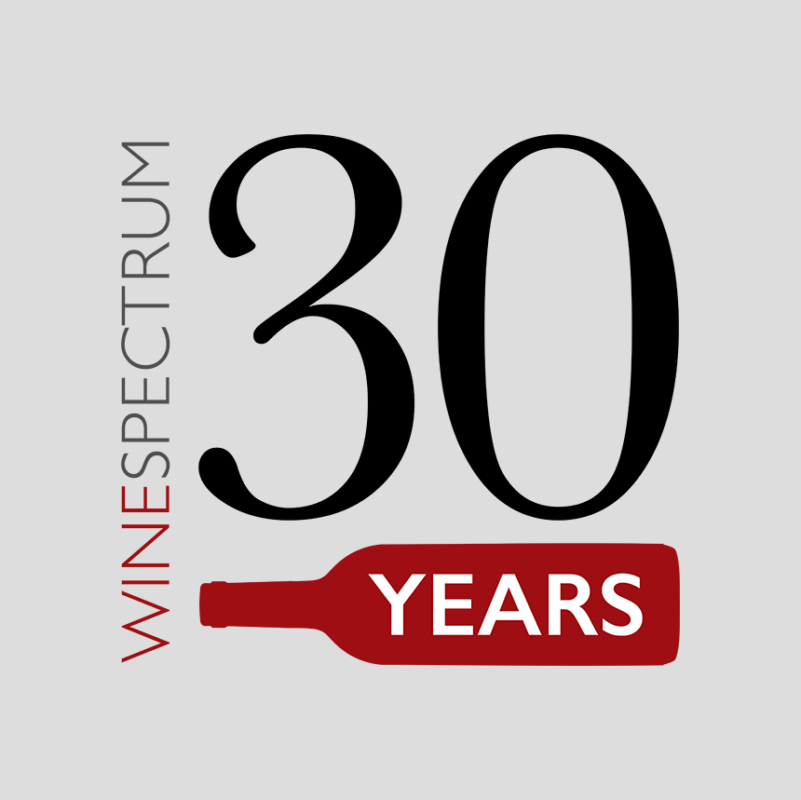Varietals
Petaluma Gap: Soon to be California’s Newest AVA
“People have been drinking Petaluma Gap wines for years, they just don’t know it,” says winemaker David Ramey. He makes one of California’s most stunning Syrahs from Rodgers Creek Vineyard, which lies within the boundaries of the Gap but is currently labeled as a Sonoma Coast wine. The Petaluma Gap is the gateway to the Sonoma Coast region. Although not yet a designated appellation, the Petaluma Gap is producing premium grapes that make the Sonoma Coast Appellation one of California’s best areas to grow primarily Pinot Noir, Chardonnay, and Syrah grapes.

The Petaluma Gap has a 150-year tradition of growing grapes. The region is subject to two major maritime influences; the San Pablo Bay lies immediately to the south, while to the northwest is an opening in the coastal hills which allows masses of fog from the Pacific to flow freely through the Petaluma Valley. This geographical signature is unique and creates a long, cool growing season for the vineyards planted there. This climate is ideal for Pinot Noir and Chardonnay, which both thrive in cooler climates. Pinot Noirs from the Gap exhibit rich red and blue fruit alongside savory spice and wild herbs, while Chardonnay is often fairly bright in acidity, more tart than sweet. But it’s the Syrah that’s most often revelatory. It offers a cool-climate temperament that’s as much about structure as power, with highlights of white pepper akin to the Northern Rhône.

The Petaluma Gap Winegrowers Alliance is dedicated to supporting growing wine grapes and production of premium wines in the Petaluma Gap. The vineyards are tucked and hidden in the most unexpected places. Crest a hill, round a curve, look into the little nooks and crannies that make up the Lakeville, Adobe Road, or west county landscape, and you’ll notice more and more pockets of green, made up of rows and rows of grapevines. The vines bring brilliant patches of color to the golden grasses that support the neighboring pastures of cows and sheep. These are the vines of the Petaluma Gap and the source of some of the most exciting wines to hit the California wine scene in a very long time.

(information from www.petalumagap.com)



